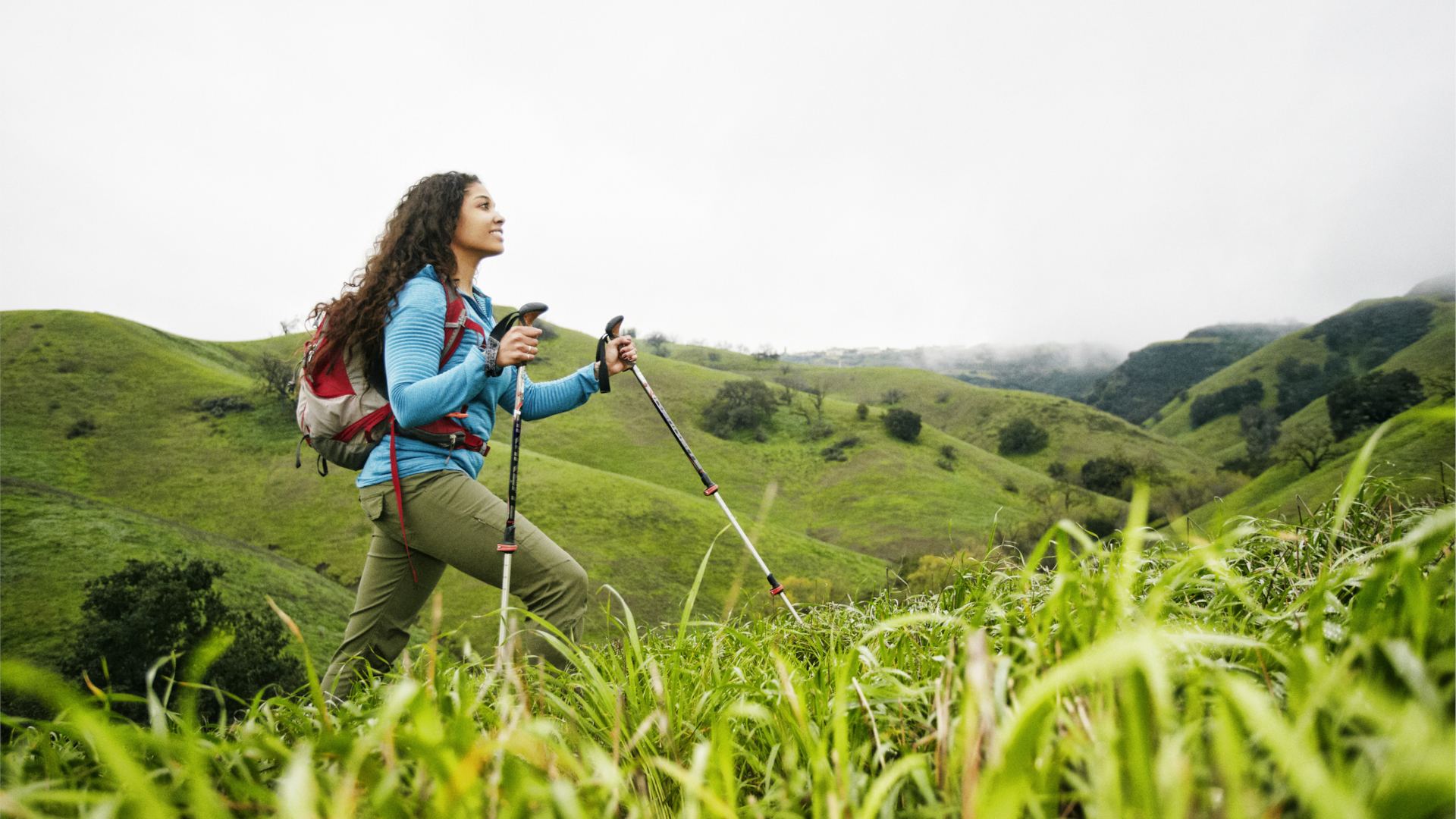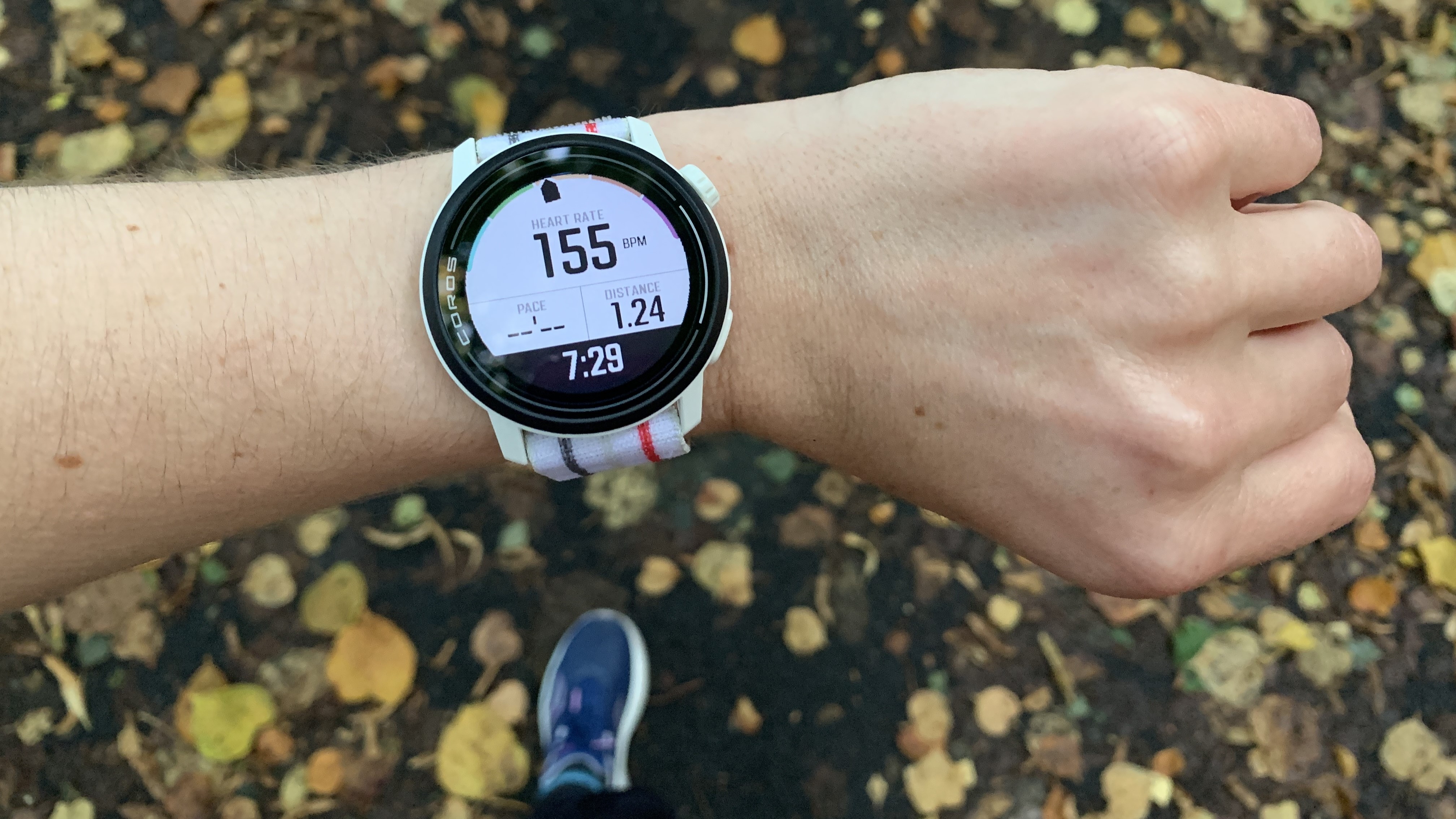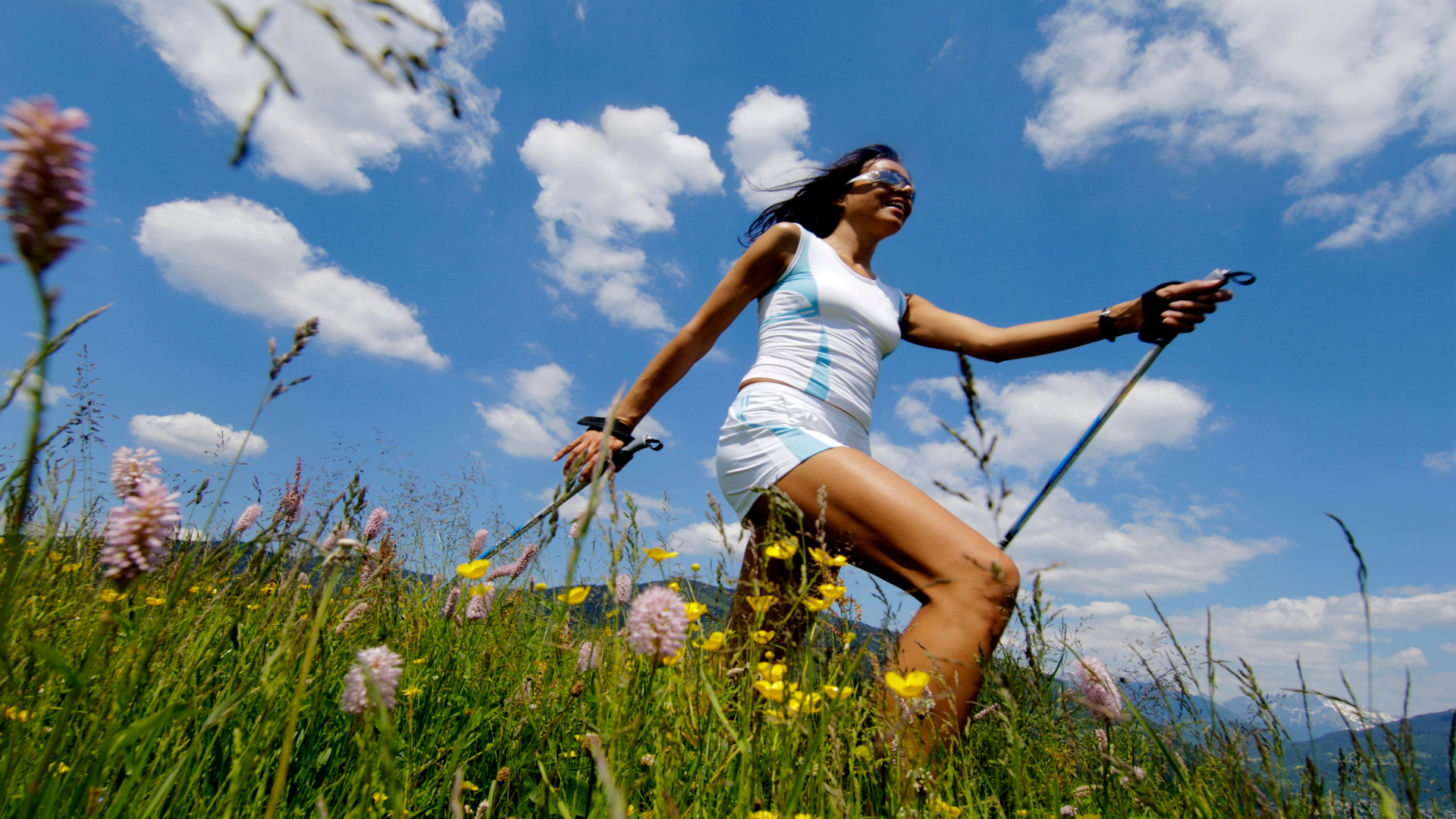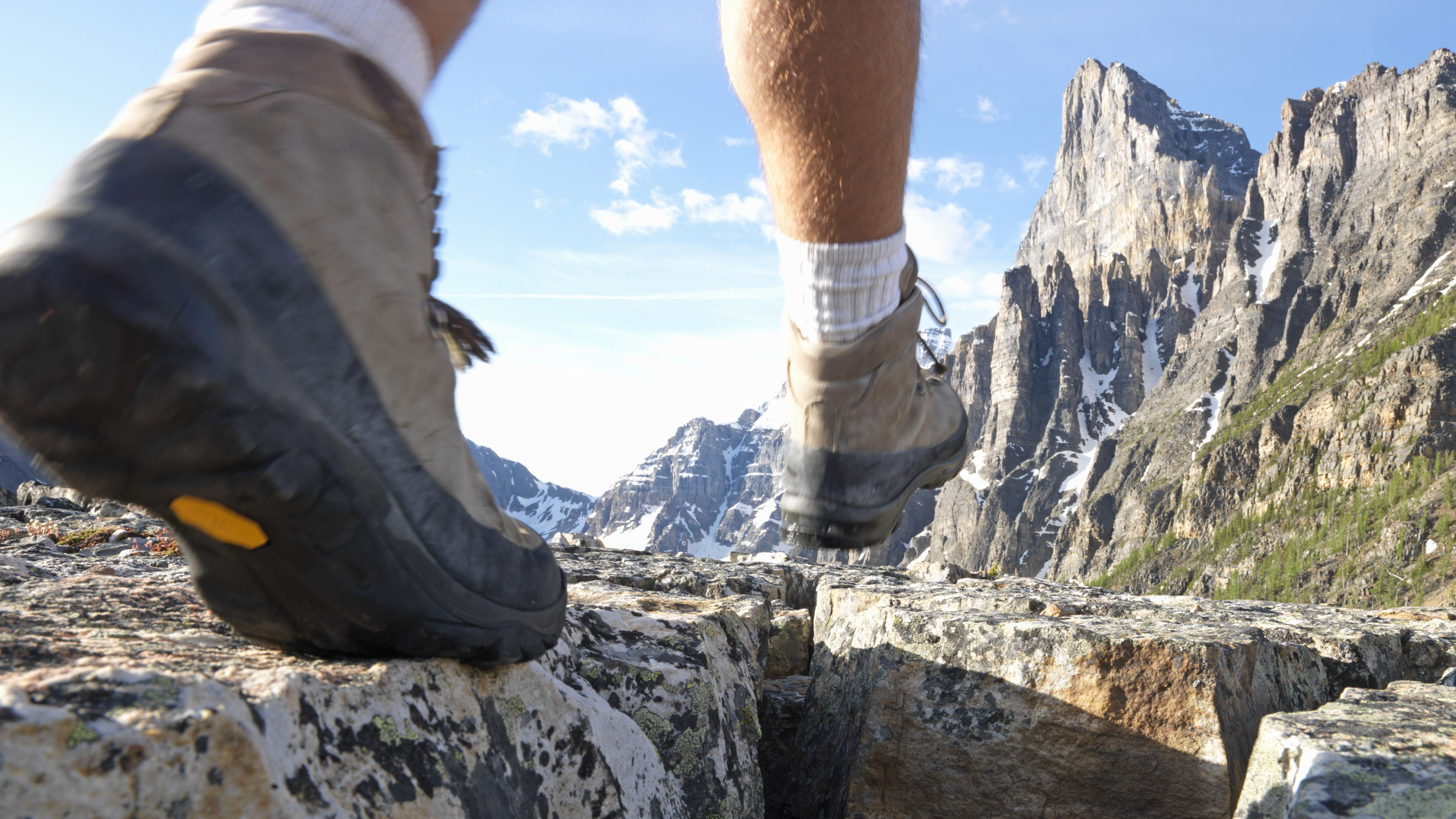How to walk faster: 10 tips for picking up the pace
Walking faster has been shown to have more health benefits than sauntering – here’s how to speed up

You’re probably well aware of the many health benefits of regular walking, whether you’re just trying to get your 10,000 steps a day in around town or powering through the miles on the trail. However, with recent research suggesting that walking faster may have more health benefits, in particular reducing your risk of type 2 diabetes, you might be wondering how to speed it up.
Because walking is such a daily, natural activity, many of us don’t put much thought into how we do it. You might just think of yourself as a naturally slow walker, but there may be things you can do to increase your speed and, in doing so, enhance the health benefits of walking. From technology to technique, we’ve compiled 10 tips for how to walk faster.
1. Get a GPS watch
First off, it might seem like a lot for something you do every day, but even if you’re not training for a marathon, a GPS watch can be really helpful for quickly figuring out your baseline pace, and easily tracking your progress.
If you’re not planning on doing any big races, you really don’t need to fork out for a muscular watch that has more functions than you can wrap your head around, but we love the Coros Pace 3 as a budget-friendly option that isn’t too overwhelming to use.

2. Check your posture
Once you’ve fastened your watch onto your wrist, it’s time to pay attention to your posture. I know if I don’t check myself, I tend to lean forward when I’m running late for an appointment but when you want to go fast, it’s actually better to stand up straight, draw your shoulders back, look straight ahead and try to walk without leaning forward or back. This isn’t only better for your pace, it’s better for your back and efficiency.
3. Shorten your stride
Another common tendency is to take big, loping steps when we want to go faster, but it’s actually better to shorten your stride a little and focus on taking quicker steps – equalling a higher cadence – than longer ones.
4. Use your arms
Walking with your arms crossed or your hands in your pockets only slows you down. Bend your elbows to about 90 degrees, almost as if you were running, and pump your arms so that your right arm comes forward in time with your left foot, and vice versa. Exaggerate the backward swing of your elbow a little too.
Advnture Newsletter
All the latest inspiration, tips and guides to help you plan your next Advnture!

5. Try trekking poles
It may be overkill for walking around a city park, but if you’re looking to increase your walking speed on hiking trails, using trekking poles can be a great way to improve your pace. Again, bring your right pole forward with your left foot and vice versa and you’ll notice a significant improvement in your pace and efficiency. Learn more in our article on how to use trekking poles.
6. Push off your toes
Because we’ve all been walking as long as we can remember, it’s easy to forget that there’s a technique to it, but after I had knee surgery a few years ago, I had to relearn how to walk and I realized how complicated it really is. One of the parts of walking that we tend to gloss over if we’re slower walkers to begin with is the end part. Strike with your heel, move your weight forward then push off with your toes to add a little bouncy spring to your step.
7. Recruit your glutes
Your glutes form the largest group of muscles in your lower body and their job is to extend your hip, when your leg comes back behind you. It’s another part of the walking process we can sidestep if we’re just sauntering, but make sure you give your glutes a squeeze as your pressing off your toes and let these muscles power you along.

8. Upgrade your shoes
No matter where you’re walking, upgrading your footwear to a lighter pair can help with speed. For walking on pavement, try a pair of road running shoes with a thick, foam midsoles and for hiking, consider lighter hiking shoes instead of heavy hiking boots. If you think that limited ankle mobility might be slowing you down, try shoes with a rocker sole to help you. For more rugged trails, check out our article on how to choose hiking boots.
9. Train with intervals
Again, because walking is a daily activity, it can seem silly to have to train for it, but if you want to improve your pace, using the same techniques you might for running will help you build the stamina you need to do so. Rather than just trying to walk your usual three-mile loop faster from start to finish, pick up the pace for a short period of two to five minutes then go back to your usual pace for two to five minutes. Repeat this several times.
10. Build up slowly
Finally, changing your walking style uses your muscles in a new way, and even with walking it’s possible to suffer from tendonitis or shin splints if you increase your load too quickly. Increase your speed incrementally by slowly increasing your fast intervals and decreasing your slower intervals over a period of several weeks.
Julia Clarke is a staff writer for Advnture.com and the author of the book Restorative Yoga for Beginners. She loves to explore mountains on foot, bike, skis and belay and then recover on the the yoga mat. Julia graduated with a degree in journalism in 2004 and spent eight years working as a radio presenter in Kansas City, Vermont, Boston and New York City before discovering the joys of the Rocky Mountains. She then detoured west to Colorado and enjoyed 11 years teaching yoga in Vail before returning to her hometown of Glasgow, Scotland in 2020 to focus on family and writing.

